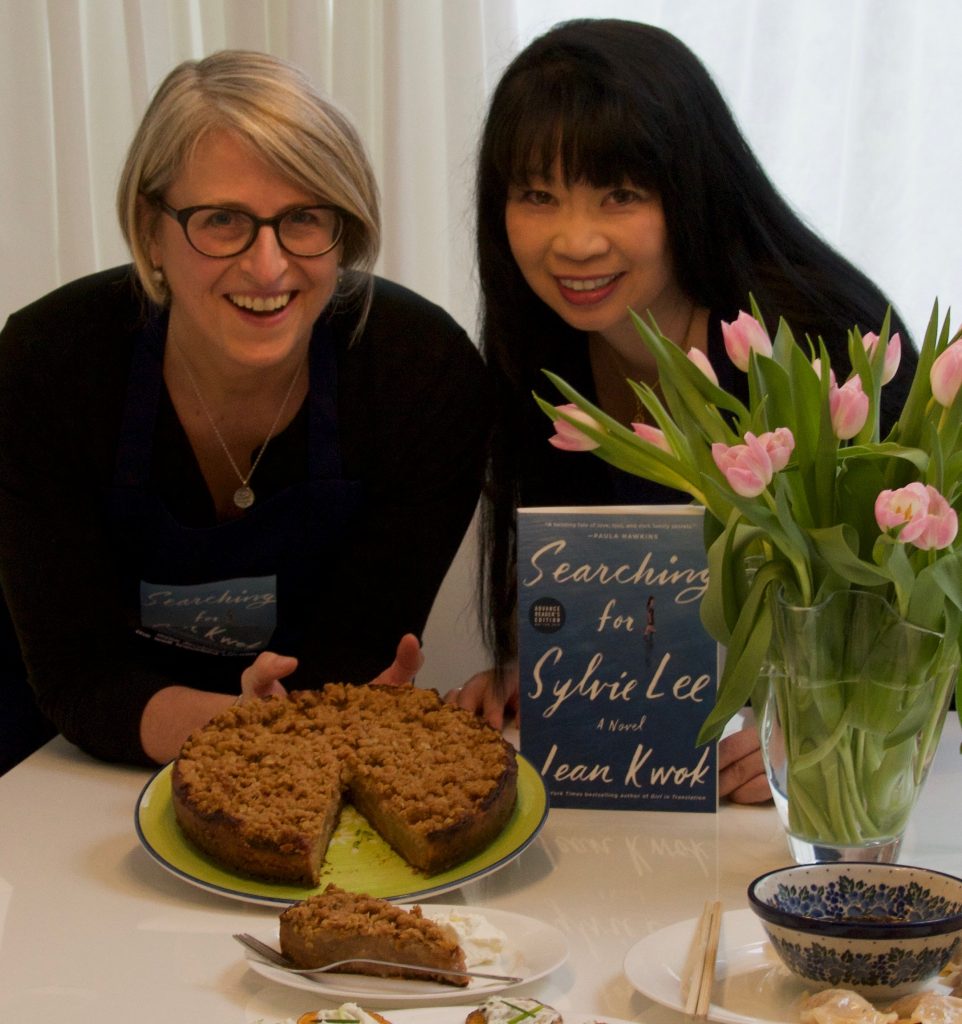

All of this encouraged them to keep their heads low and remain apart from others: the effects were long-lasting. and in the Netherlands, Amy and Sylvie had been taunted and bullied for being Asian. This split seemed especially salient for them because both in the U.S. The daughters also experienced tension between, on the one hand, the culture at school and work, and on the other, the culture their parents inculcated at home. Not only were their languages different all three of them grew up in different cultures. Amy’s native language was English and Sylvie’s was Dutch, while Ma continued to speak primarily in Chinese. As with many immigrant families, the younger generation spoke a different language. There were a number of barriers to transparency in their lives. Nor do they really see behind the facades of others in their family. As much as the sisters love each other, each doesn’t really know who the other is, nor what is in her heart. Ironically, we learn in the chapters narrated alternately by Amy, Sylvie, and Ma, that Sylvie felt the same way about Amy. And me, I am only a shadow, an afterthought, a faltering echo.”

“Often there’s a dichotomy between the beautiful sister and the smart one, but in our family, both of those qualities belong to my sister. Sylvie recently went back to the Netherlands when she heard her beloved Grandma was dying.

Sylvie had lived in the Netherlands until she was nine with their Grandma and their cousins, the Tan family, because her young immigrant parents in New York could not afford to support her. This novel begins with a Willa Cather quote reflecting the main theme of the story: “The heart of another is a dark forest, always, no matter how close it has been to one’s own.”Īmy Lee, 26, travels from Queens, New York to the suburbs of Amsterdam in the Netherlands after her older sister Sylvie goes missing.


 0 kommentar(er)
0 kommentar(er)
